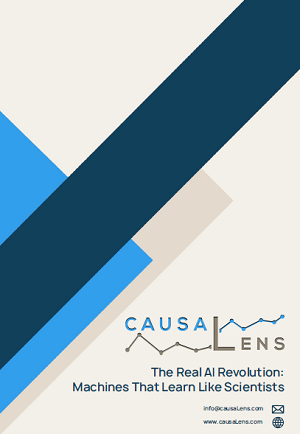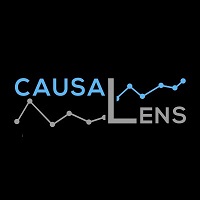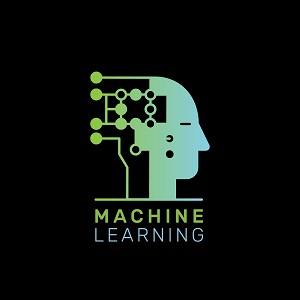In this compelling white paper, our friends over at causaLens highlight how ML has wrongly become synonymous with AI. We must shake off this misconception to start the real AI revolution. Data science must forgo its reliance on curve-fitting ML and return to its roots; to put the science back into data science. A growing number of leading scientists – from Turing Award winning Professors Judea Pearl and Yoshua Bengio, to Professor Bernhard Schölkopf, Director of Germany’s Max Planck Institute for Intelligent Systems – are advocating for the development of a new science of causality, that goes far beyond statistical pattern matching.
The Real AI Revolution: Machines That Learn Like Scientists
In this compelling white paper, our friends over at causaLens highlight how ML has wrongly become synonymous with AI. We must shake off this misconception to start the real AI revolution. Data science must forgo its reliance on curve-fitting ML and return to its roots; to put the science back into data science. causaLens is a major contributor to this new science of causality. And it is the company’s mission to help organizations of all types to benefit from it.
causaLens Launches Causal AI Platform
causaLens, a deep-tech company predicting and optimising the global economy, has released a new causal Artificial Intelligence (causal AI) enterprise platform. Businesses no longer have to rely on curve-fitting machine learning platforms unable to handle the complexity of today’s world. They are invited to join the real AI revolution with a platform that understands cause and effect.
Video Highlights: Machine Learning and Causal Inference
For our current edition of “Video Highlights” I’d like to offer this talk that will review a series of recent papers that develop new methods based on machine learning methods to approach problems of causal inference, including estimation of conditional average treatment effects and personalized treatment assignment policies. Approaches for randomized experiments, environments with unconfoundedness, instrumental variables, and panel data will be considered.






